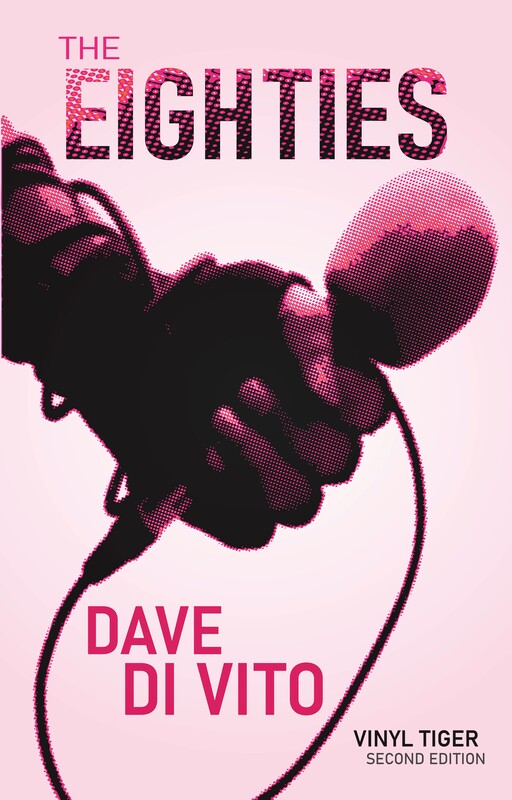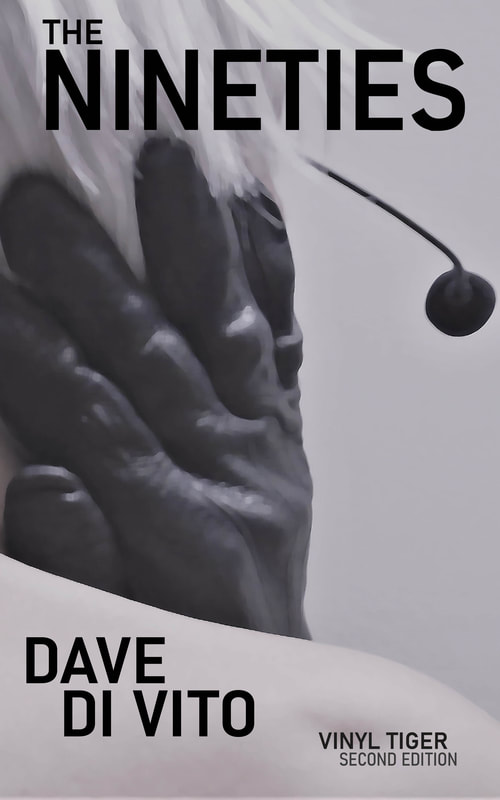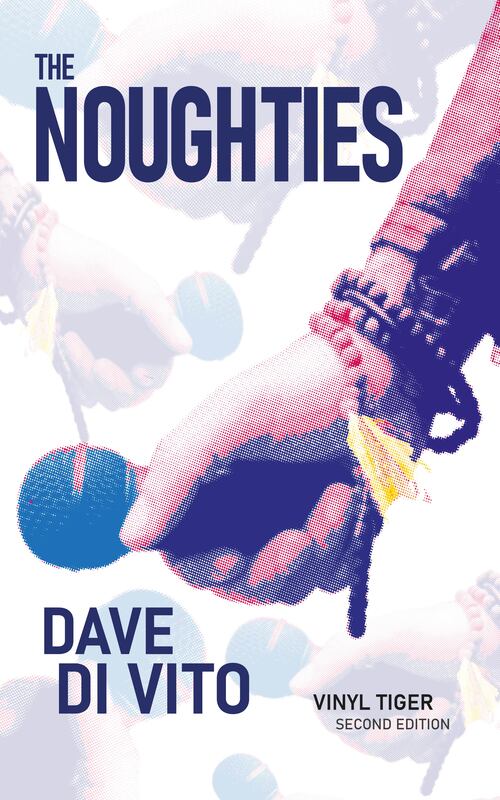|
I’m going to be honest.
Almost every time I walk into the Belgium pavilion at the Venice Biennale, I walk away disappointed. But this year, I not only loved the exhibit, I actually made some extra time to return there, to ensure I ended my Biennale experience with a smile on my face.
0 Comments
 Last year a friend of mine had to sit me down and explain what ASMR was. Knowing the kind of bubble I live in between work and writing, he was worried I was losing my touch. I'm the first to admit I'm unable to keep up with what makes Millennials tick. I didn't even know ASMR existed let alone that it was making noisy (and not so noisy) people rich. Mashable have an introductory video into the phenomenon in case you're not yet across it. I ended the conversation with my friend incredulous and certain of only two things; (i) my various career paths have all been poorly chosen (ii) I need to keep up with the most savvy generation earth has seen. To that effort, I was proud when I discovered yet another Gen Y staple: reactions. Now there are a lot of Reactions on youtube (I guess they're made by Reactors...or are they just influencers? God help me.) In case you don't know what they are, they're basically filmed reactions to videos or moments. It goes well beyond those viral hits of people's OTT reactions to scenes from Game of Thrones that had everyone feeling things a couple of years back. Reactions have become more sophisticated and exhaustive since their Viral beginnings. Nowadays there's a growing number of (mostly) Millennials who film their commentaries on daily pop culture, but also those who trawl back through the 80s and 90s to "discover" and "react" to classic content. They have channels and followers, and often Stans (=major fans) make suggestions of videos or albums they should watch/listen to and then react to. There's a fair bit of disingenuity going on in a lot of reaction videos; people pretending to watch something for the first time or reacting in a way that suggests they're doing it for the comments (or the likes or the follows). But just like anything else on the web, for every uninformed, implausible video there's an equally honest and fascinating take on Gen X culture. 2019 is proving a huge year for looking back after all this year marks the 30th anniversary of some of the pop world's touchstones. To my mind, Madonna's Like A Prayer was 1989's most important pop artifact. It may've been snubbed by the Grammys, but the press today is unanimous; Like A Prayer is a masterpiece, a game changer and currently the focus of a lot of praise. I could bang on about how for years Like A Prayer was my favourite Madonna album but we live in a Millennial world, and it's increasingly up to them to decide what from our past was significant and important. To that end, I've rounded up some of the most insightful and entertaining reactions to Like A Prayer's main videos after the jump.  One of my theories has always been that to make great pop music you have to give yourself over to the bottle. The peroxide bottle. Because in my opinion, you could run a scientific analysis on great pop from the late 1970s onward, and find that when it comes to the ladies (and even some of the boys), a lot of the best Western pop seemed to come out of a bottle. Or at least the momentary high created by smelling those fumes. Peroxide is like peyote for pop stars. I have always loved Ms. Gwen Stefani. ALWAYS. There is something about Gwen's gig that manages to bring all of the decades together, regardless of what it is that she's working on. Okay, okay, she's responsible for some clangers - Harajuku Girls was a shocker, and some of The Sweet Escape made me want to run, as have a few of her recent solo songs, but by and large her solo work and her work with No Doubt has been stellar. Recent news that she's been, well, fired from No Doubt seems like the first step in putting the boys out of their misery. Maybe it's a good thing even if it makes me a bit sad face emoji. (I think she had a recent video about that). Perhaps No Doubt needs a new front person and a new take on things to move forward. And perhaps Gwen's undying romantic meets ex SKA girl thing will just keep working on a solo level. Because that is a wide berth she's given herself. As a creative area to prowl, her sounds and tastes give her a lot of room as an artist to pursue different themes and styles in a way that not many other solo acts can. There was a time when Gwen just broke through the barriers and was the one peroxide blonde you had to pay attention to in pop. Do you remember when she just bolted out with her debut solo album and all the L*A*M*B stuff? Too fricking cool. LoveAngelMusicBaby was amazing, like one of those brilliant pop albums that just had hit after hit and enough depth to make you want to listen to it repeatedly. Much has been said of Gwen's recent renewed profile - thanks to the Voice - and all that high profile country star boyfriend pap, but whatever. Not of interest to me. What is, is the new single, Make Me Like You. The song hit the web earlier this week and it's great: a real return to form. There's a crispness to the song. For me it's a little reminiscent of sixties pop with a bit of a harder edge and some surfy, California elements thrown in. What I'm not digging though, is the music video that's just been unleashed. Okay, new frontiers being created with a "live action" music video. But we're not talking G.I Joe here. There's a couple of nods to Gwen's aesthetic through it, but for the most part it's just distracting and detracting from the song itself which is on a class level that is far superior to the video. Listen to the song and if you dig it, then watch the video below and tell me if you agree. Or just watch the video directly. Do what you want! In the meantime. Yay, welcome back Ms Stefani.  It came as no surprise to see how prevalent video and film factored in the exhibitions on offer at the Biennale. The moving image is one of the most immediate forms of art, and as such, often makes a faster and more intimate connection with visitors than other formats. There is something about video that loosens people's inhibitions and natural barriers to art. The accessibility of the media offers artists the opportunity to connect with viewers without the need for a lot of supplementary material. I've both staged and visited exhibitions where people's confidence in reading art has only been assauged by a careful, studied look at any accompanying didactic informaton that sits beside or near the object. With video, people tend to be more confident in making their own decisions and judgements. Most people are well enough versed through television, music videos and film, to innately understand how to read images and look for clues when a narrative is on offer. What was interesting, if not a little surprising in Venice, was how warmly people tended to react to the video work. The scope of video was impressive. In the Japanese pavillion, Tabaimo's Teleco Soup was enthralling. A 360 degree immersive screen, made mostly of sloping walls and mirrors created an impressive and confined environment onto which Tabaimo's opera unfolded. A constant push pull dialectic offered viewers glimpses of the various elements of our world; an organic survey of the heavens, terra firma and all that lies beneath the earth's surface. Throughout the looped vision, we see the relaionship between man and his environment, or more specifically, the Japanese and their environment. The confines of the arching screens and the dark, enclosed pavillion seem to further support the idea of inversion and seclusion. The media release speaks of the sociological term Galapagos Syndrome, which was recently coined in Japan. Briefly, it makes the point that, as a society, Japan has increasingly seemed to turn inward in the face of globalisation. The insularity is a reflection of the self contained environment of the Galapogas. Of course, this insularity is nothing new; Japan was famously isolated (of its own choice) from the rest of the globe, and Tabaimo's addressing of this, along side her repeated use of environmental and natural motifs, makes for a modernised, if yet, still traditionally Japanese presentation of a modern (and not modern) idea. Pretty breathtaking. In accordance with the request of the Japanese pavillion, I have not uploaded any images of the Teleco-soup project. For more information, or visuals, visit the link posted on Tabaimo's name earlier. |
Dave
|
|
|
Dave Di Vito is a writer, teacher and former curator.He's also the author of the Vinyl Tiger series and Replace The Sky.
For information about upcoming writing projects subscribe to the mailing list. Dave hates SPAM so he won't trouble you with any of his own. He promises. |





 RSS Feed
RSS Feed